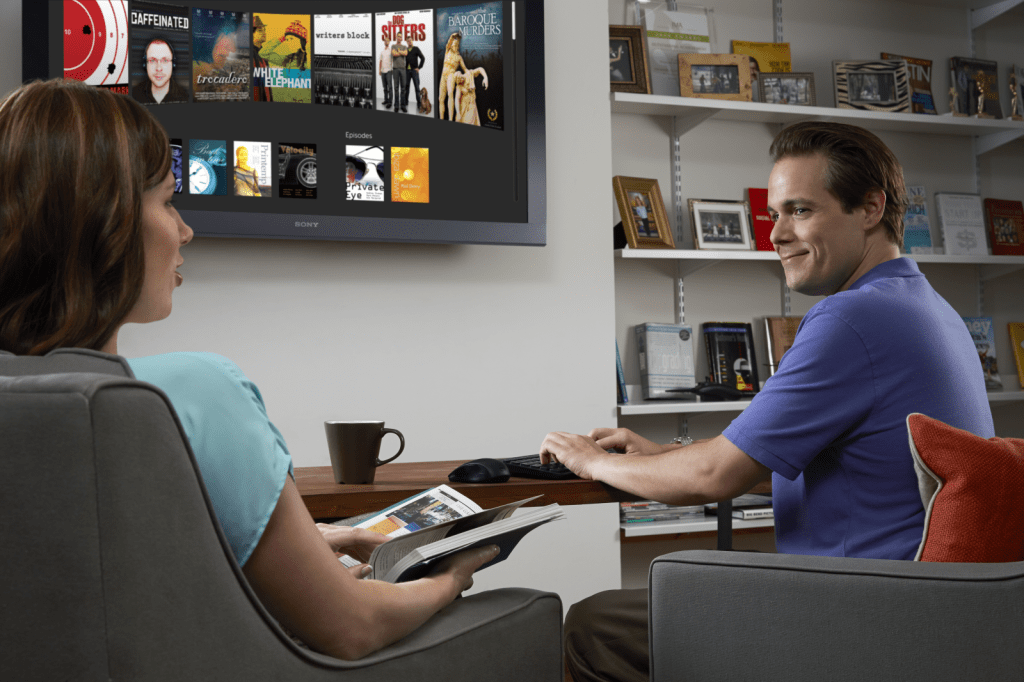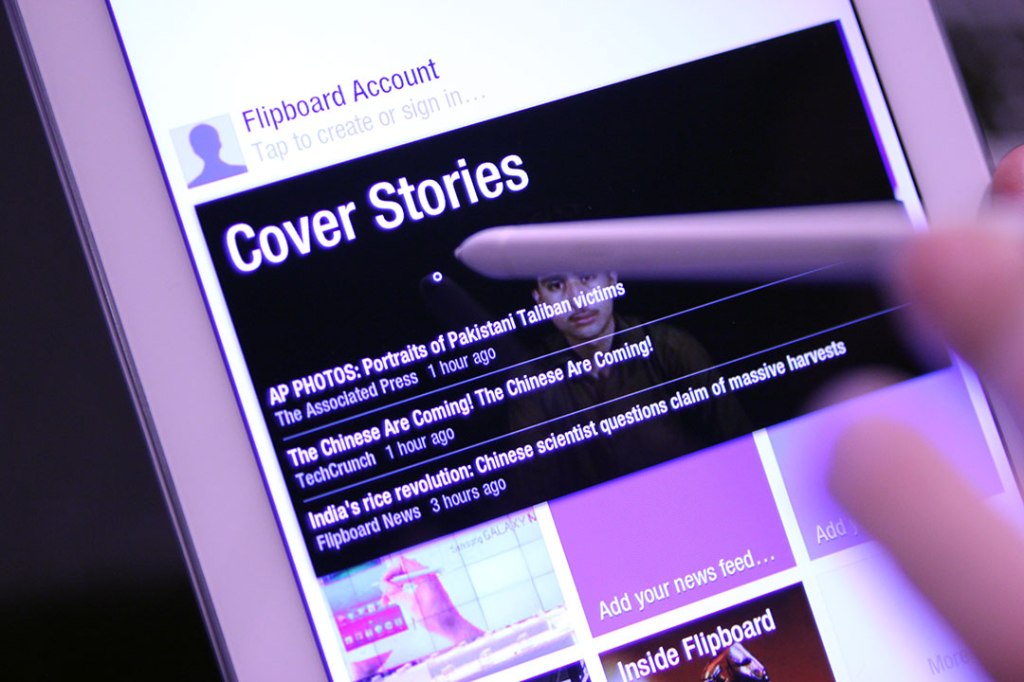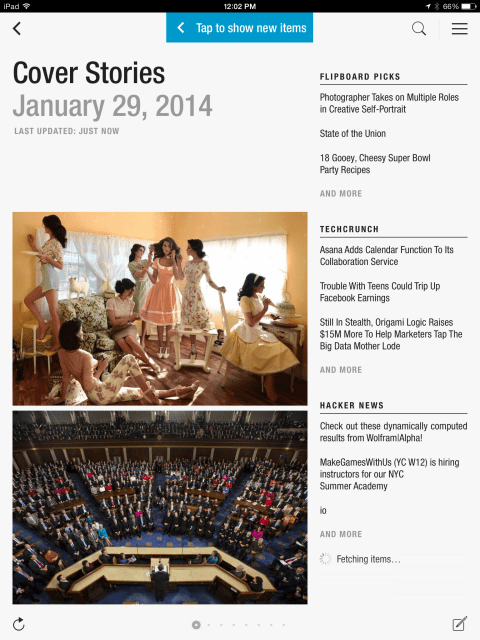
You’d be forgiven for thinking that’s odd, considering two of Facebook’s attempts at standalone apps failed.
Facebook built its separate Camera app for shooting, filtering, and sharing photos in 2012 as it watched Instagram’s popularity skyrocketing. But then Facebook acquired Instagram before Camera even launched, and it never saw much development after that.
 In December 2012, Facebook cloned Snapchat in 12 days and launched it as Poke, an app for sending self-deleting text,, and videos. Facebook was interested in acquiring Snapchat yet was rebuffed so it built its own version instead. But a lack of organic community and entrenched worries about Facebook privacy led Poke to quickly peter out, hardly putting a dent in Snapchat.
In December 2012, Facebook cloned Snapchat in 12 days and launched it as Poke, an app for sending self-deleting text,, and videos. Facebook was interested in acquiring Snapchat yet was rebuffed so it built its own version instead. But a lack of organic community and entrenched worries about Facebook privacy led Poke to quickly peter out, hardly putting a dent in Snapchat.
Now Facebook has given up on Camera and Poke. Though they remain available in the App Store, the company confirmed to me they’ve been deprecated and will receive no more active development. But Facebook’s quest to build an arsenal of standalone apps is just getting started.
Today on Facebook’s earnings call, Mark Zuckerberg explained “One theme that should be clear from our work on products like Messenger, Groups and Instagram is that our vision for Facebook is to create a set of products that help you share any kind of content you want with any audience you want.”
Setting Messenger Free
As I drove in to Facebook’s Menlo Park headquarters at 1 Hacker Way in November, I was greeted by a familiar 15-foot tall thumbs up. But for the few weeks before, the billboard at the entrance to Facebook’s campus had been emblazoned with a symbol of its future: the new Messenger icon. In case there were any doubts, launch of the completely redesigned Messenger app was a big deal to the company.
For the past year, it had watched slim and stylish messaging apps explode in popularity around the world by using people’s phone books to kickstart their social graphs. WhatsApp is Messenger’s biggest and most direct competitor, and it now has 430 million users. China’s WeChat has 272 million active users thanks to growth where Facebook can’t go. Japanese sticker-messaging app Line had 300 million as of November, and South Korea’s KakaoTalk with its own gaming platform has 130 million users. Meanwhile, Facebook is encountering increasing competition from Google’s mobile Hangouts messenger and Twitter’s newly highlighted Direct Messages.
So Facebook set out to rebuild Messenger. In November it launched and I got a chance to sit down with its development team: Product Design Manager Luke Woods, Product Manager Peter Martinazzi, and Facebook’s Vice President of Growth and Analytics Javier Olivan. What began as a rebranded version of group messaging app Beluga that Facebook acquired in March 2011 had finally been given its own identity. You can watch my interview with the team at Facebook Headquarters below:
The design got a complete overhaul that distances it from the look of Facebook’s kludgy all-in-one main app. Gone is the heavy Facebook-blue top banner. In fact, the word “Facebook” hardly appears in Messenger at all, and its logo and navy hue have been banished too. Instead, it’s filled with breezy whitespace and simplified navigation.
Woods proudly explained to me “You can tell it’s a different app. It’s not like the old Messenger. The icon is different, the color is different. We want you to recognize this is new. And with time we’re going to make it more and more distinct, and more clear it’s a standalone product.”
 Messenger even sounds different. It’s got its own range of carefully composed tones for sending and receiving messages, but also new ones like a little keyboard clatter that tells you your conversation partner is typing. It’s optimized for Facebook’s cutesy stickers that let people express complex emotions quickly and vividly. And new indicators tell you if a friend is on the web, on mobile without Messenger, or has Messenger installed and will be more likely to respond quickly.
Messenger even sounds different. It’s got its own range of carefully composed tones for sending and receiving messages, but also new ones like a little keyboard clatter that tells you your conversation partner is typing. It’s optimized for Facebook’s cutesy stickers that let people express complex emotions quickly and vividly. And new indicators tell you if a friend is on the web, on mobile without Messenger, or has Messenger installed and will be more likely to respond quickly.
Facebook is even letting you message people who aren’t on Facebook with the app. Martinazzi told me “There are a lot of graphs in your life. Everyone you’ve ever emailed, you have your address book on your phone, and you have your Facebook graph.” Facebook integrates those by letting you text people by phone number from within Messenger, so you don’t have to ditch out to SMS if someone you want to talk to doesn’t have a profile on the social network. That’s been a talking point of Facebook’s messaging competitors that’s now been eliminated.
But the biggest change isn’t how the app looks or works, but how you get to it. In an on-stage conversation with Mark Zuckerberg at a private Facebook developer event on November 14th 2013, the CEO told me:
“The other thing that we’re doing with Messenger is making it so once you have the standalone Messenger app, we are actually taking Messenger out of the main Facebook app. And the reason why we’re doing that is we found that having it as a second-class thing inside the Facebook app makes it so there’s more friction to replying to messages, so we would rather have people be using a more focused experience for that.”
 Zuckerberg calling features buried inside the main app “second-class” is a big indicator for how he sees Facebook’s mobile strategy evolving.
Zuckerberg calling features buried inside the main app “second-class” is a big indicator for how he sees Facebook’s mobile strategy evolving.
Previously, Facebook’s main app had its own messaging tab, which was redundant and confusing if you also had Messenger. It wasn’t clear which to respond with, and loading the entire main Facebook app just to get to messages was slow. So with the big relaunch, Facebook made it so if you have Messenger installed but tap the messages tab in the Facebook app, you’d be quickly app-switched to Messenger.
Olivan tells me “We’ve realized we were trying to put too many things in the same app at the same time.” Martinazzi followed up, emphasizing “To do mobile you have to be fast all the time. Standalone apps can load faster.”
It’s bit strange to get bounced around, and the app-switching replaces the enjoyable overlaid messaging bubbles called Chat Heads that were ported to Facebook’s iOS app from Home. But overall, the new Messenger feels like it was actually built for mobile, instead of being Facebook’s website crammed into a small screen.
And users like it. Mark Zuckerberg said today on Facebook’s Q4 2013 earnings calls “The number of people using Messenger grew more than 70% in the past three months, and we’ve seen a large increase in the number of messages sent. We have a lot more coming to Messenger in the first half of this year.”
That’s not the only app Facebook’s working on, though. Zuckerberg wants to bring this feel and engagement increase to more of its features.
First-Class Standalones
On stage in front of a crowd of third-party developers and employees but no press, Zuckerberg spoke candidly with me about what mobile will look like for Facebook in 2014. I asked for his thoughts on unbundling Facebook’s functionality in an effort to appeal to mobile-first and younger audiences. Zuckerberg said (emphasis mine):
We just did this big Messenger release and certainly having Instagram here is really shaping our thinking on how you can build out these communities and reach a global maximum for the impact an app can have rather than a local one. So the thinking I think we’ve had in the Facebook mobile app for a while is that experiences that we might add, whether that’s Groups or Events or things like that can reach a lot of people because the vast majority of phones have Facebook on them and people are using Facebook everyday.
About 20% of the time people spend in mobile devices is on Facebook, so having these experiences tied in is a good way to seed them. But if you have something like Groups, it’s always going to be kind of second-class in the main Facebook app, or even messaging for that matter. In order to make these things really be able to reach their full potential, I do think over time we’re going to have to create more specific experiences. And you’re seeing us do this right now with Messenger…
…And now there’s this big question, we don’t know how far this goes. Right, obviously you don’t want to have 30 different Facebook apps. So we need to figure out exactly where that goes, but in general, I do think that you’re going to want to move towards more of these focused experiences over time.

Facebook has made a big deal about reorganizing talent to make it so every team builds its own mobile products. On today’s earnings call it announced that its surpassed the halfway mark for the first time and now 53% of its ad revenue comes from mobile. But it’s the shift to standalone apps that Zuckerberg reveals in the quote above that truly makes Facebook a “mobile-first company”.
Over the next year we might see Facebook giving small teams more freedom to build apps that nail a specific use case and delight a particular audience. That matches The Verge’s Ellis Hamburger‘s sources who say Facebook is planning a suite of standalone apps in 2014. And today on Facebook’s Q4 2014 earnings call, Zuckerberg confirmed the company is focused on building separate apps that let people share different types of content with different size audiences, rather than sharing to all friends through the News Feed.
As Zuckerberg suggested, Groups and Events could be two features unbundled. Facebook launched Groups as a web-first product back in October 2010 and it hasn’t changed much since Facebook got serious about mobile. But today on the earnings call, Zuckerberg said there’s more than 500 million people using Facebook Groups, hinting Facebook might try to capitalize on that interest with a standalone Groups app.
 Meanwhile, Events have become one of Facebook’s most unique features. It’s a popular place for organizing and promoting birthday parties, cultural events, club nights, and more. While Eventbrite is often used by organizers trying to throw ticketed events, for gathering people for free events Facebook is far and away the most popular choice. A standalone Events app that offered users a calendar of the upcoming events, discovery of nearby events they haven’t been invited to, and their friends birthdays could gain serious traction with Facebook’s most outgoing users.
Meanwhile, Events have become one of Facebook’s most unique features. It’s a popular place for organizing and promoting birthday parties, cultural events, club nights, and more. While Eventbrite is often used by organizers trying to throw ticketed events, for gathering people for free events Facebook is far and away the most popular choice. A standalone Events app that offered users a calendar of the upcoming events, discovery of nearby events they haven’t been invited to, and their friends birthdays could gain serious traction with Facebook’s most outgoing users.
And soon, Facebook is expected to launch a reimagined news reading experience we first caught wind of a year ago. More recently, Re/code’s Mike Isaac reports the product is called Paper and will let people share news stories from a variety of publishers and their friends, some of which are curated by human editors working for Facebook.
All of these center around a new insight Zuckerberg outlined on today’s earnings call: People don’t just want to share with all their friends at once. They want to share all different types of content with audiences of a variety of sizes. That means sharing status updates and photos, but also links, locations, games, and more with a loved one, a small cluster of friends, a big group of acquaintances, or publicly. Zuckerberg concluded “We want to build a handful of great experiences that are separate from what you think of as Facebook today.”
[Image Credit: Demian Rosenblatt via Electric Literature, Cristophe Tauziet]





















